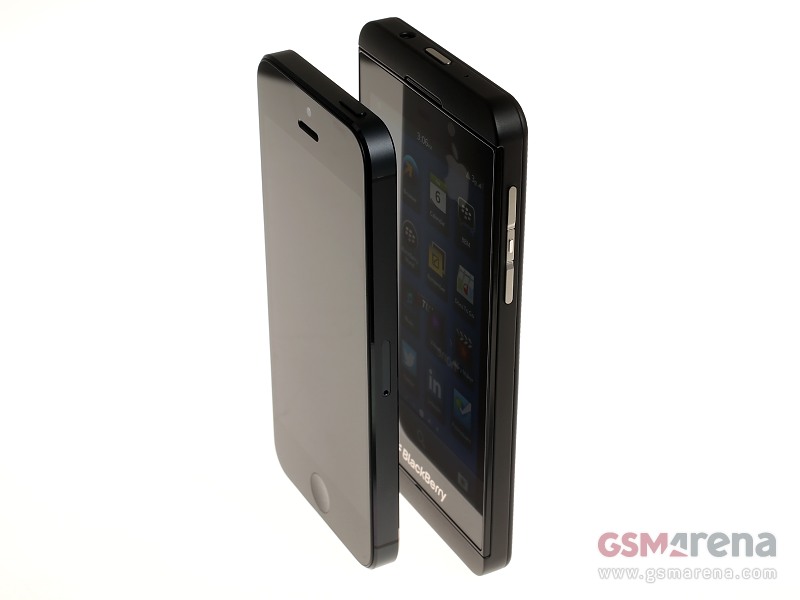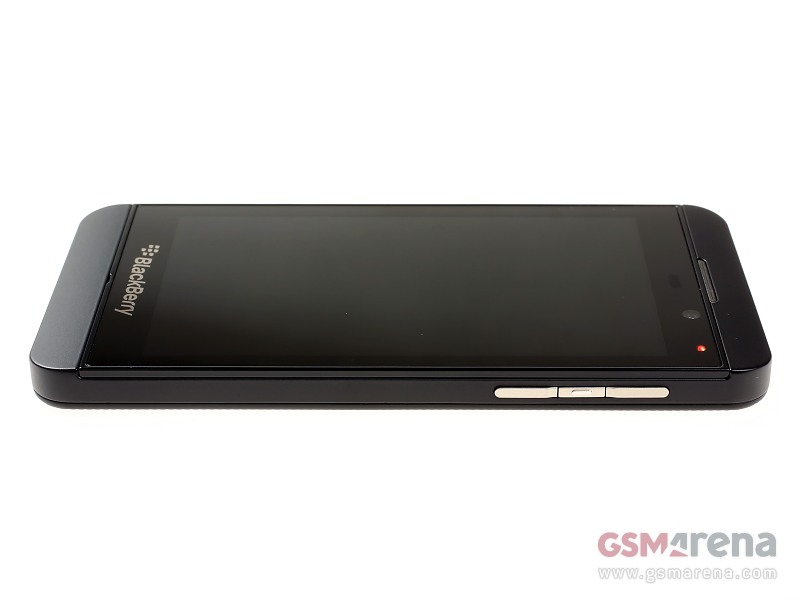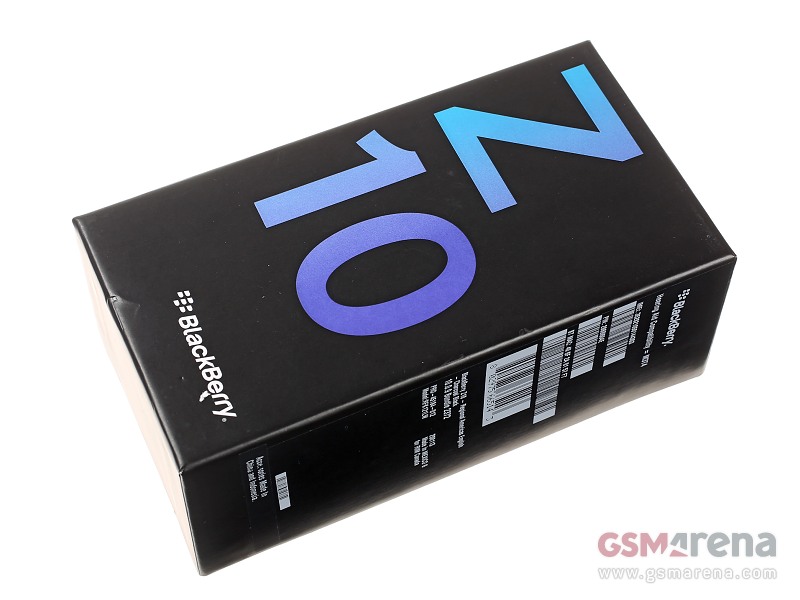BlackBerry Z10 Unveiling Specs Prices Pros & Cons

Overview of BlackBerry Z10
The BlackBerry Z10, released in January 2013, marked a significant shift in BlackBerry's strategy to compete in the rapidly evolving smartphone market. It was designed to rival the leading touch-screen smartphones of the time. With its modern design and the introduction of the new BlackBerry OS 10, the Z10 aimed to redefine the BlackBerry experience.
Design and Build
The BlackBerry Z10 boasts dimensions of 130 x 65.6 x 9 mm and weighs 137.5 grams. It features a glass front, a plastic back, and a plastic frame, giving it a sturdy yet lightweight feel. The device uses a Micro-SIM and is available in Black and White colors, capturing a sleek and professional aesthetic.
Display
The device sports a 4.2-inch TFT screen with a resolution of 768 x 1280 pixels. The display, with a density of approximately 355 pixels per inch, delivers sharp and clear visuals, making it suitable for both professional and entertainment purposes.
Performance and Platform
Under the hood, the BlackBerry Z10 is powered by the Qualcomm MSM8960 Snapdragon S4 Plus chipset with a Dual-core 1.5 GHz Krait CPU and Adreno 225 GPU. The device initially ran on BlackBerry OS 10 and is upgradable to OS 10.3.1, making it capable of running numerous apps and providing smooth multitasking experiences. With 2GB of RAM, the device offers efficient performance for both native apps and multitasking.
Memory and Storage
Offering 16GB of internal storage, the Z10 also includes a microSDXC card slot for memory expansion. This allows users to store more apps, media, and documents without worrying about running out of space.
Camera Capabilities
The Z10 is equipped with an 8 MP rear camera with features like autofocus, LED flash, HDR, and panorama for versatile photography. The camera can record 1080p video at 30fps, ensuring high-quality video capture. The device also includes a 2 MP front-facing camera capable of recording 720p video, making it suitable for selfies and video calls.
Battery Life
The smartphone houses a Li-Ion 1800 mAh removable battery, which provides up to 312 hours on standby and 10 hours of talk time. While not the longest-lasting battery life on the market, it suffices for moderate daily use, particularly for business professionals on-the-go.
Network and Connectivity
The device supports multiple network technologies including GSM, CDMA, HSPA, and LTE, ensuring broad compatibility and connectivity. Additionally, it includes Wi-Fi 802.11 a/b/g/n, dual-band, DLNA, and hotspot capabilities, alongside Bluetooth 4.0 with A2DP and LE, GPS for positioning, and NFC for near-field communication support.
Audio and Multimedia
The Z10 includes a loudspeaker and a 3.5mm headphone jack, providing quality sound output for music and calls. The audio quality is commendable, with measurements showing noise -82.8dB and crosstalk -80.5dB, ensuring clear and crisp sound.
Sensors
The device is equipped with a range of sensors, including an accelerometer, gyro, proximity sensor, and compass, enhancing the user experience with automated adjustments and interactive applications.
Software Features
The BlackBerry Z10 runs on the BlackBerry OS 10, known for its robust security features, and the BlackBerry Hub which integrates messages, emails, and notifications in one place. It also offers features such as predictive text, a responsive keyboard, and excellent email management capabilities.
Market Position and Release
When announced in January 2013, the BlackBerry Z10 was positioned as a pivotal release for BlackBerry's entry into the modern smartphone era. Though it has since been discontinued, it represented an era of significant transition for BlackBerry towards embracing touch-based interfaces and new operating system capabilities.
Miscellaneous
The device was originally priced at around 120 EUR, balancing features, performance, and value for money. Its SAR ratings were 1.07 W/kg (head) and 1.07 W/kg (body) in the US and 0.87 W/kg (head) and 0.99 W/kg (body) in the EU, adhering to safety standards.
Conclusion
The BlackBerry Z10 was a landmark device in BlackBerry's history, marking its attempt to keep pace with changing technologies and consumer preferences. Through its capable hardware and innovative software, it found a place among smartphones of its time, catering especially to business users looking for reliability and security. Despite its discontinuation, the Z10 remains a memorable piece in the evolution of smartphones.
Key Features of BlackBerry Z10
- Supports multiple network technologies: GSM, CDMA, HSPA, LTE
- Compact and lightweight design (137.5 g)
- 4.2-inch TFT display with high resolution (768 x 1280 pixels, ~355 ppi)
- Powered by Qualcomm Snapdragon S4 Plus with Dual-core 1.5 GHz processor
- Internal storage of 16GB with 2GB RAM, expandable via microSDXC
- 8 MP main camera with LED flash, HDR, and panorama features, capable of 1080p video recording
- 2 MP front camera supporting 720p video
- Comprehensive connectivity options including Wi-Fi 802.11 a/b/g/n, Bluetooth 4.0, NFC, and GPS
- Equipped with multiple sensors: Accelerometer, Gyro, Proximity, Compass
- Removable 1800 mAh battery offering up to 10 hours of talk time
- Available in Black and White color options
BlackBerry Z10 Disadvantages
- Discontinued model, no longer supported by BlackBerry with updates.
- Limited internal storage of 16GB with only 2GB RAM, may not suffice for modern applications and multitasking.
- Dated hardware with Qualcomm MSM8960 Snapdragon S4 Plus chipset and Dual-core 1.5 GHz CPU.
- No FM Radio feature available.
- Battery capacity of 1800 mAh is considered low by today's standards, providing limited endurance rating of 46 hours.
- Low screen-to-body ratio of approximately 58.9%.
- Basic 2 MP front-facing selfie camera with 720p video recording, which might not satisfy selfie enthusiasts.
- MicroUSB 2.0 port is outdated compared to current USB Type-C standard.
- Only available in Black and White colors, limiting personalization options.



























View Also
More Phones
All Rights Reserved +14266 Phones © Mobilawy 2025
























